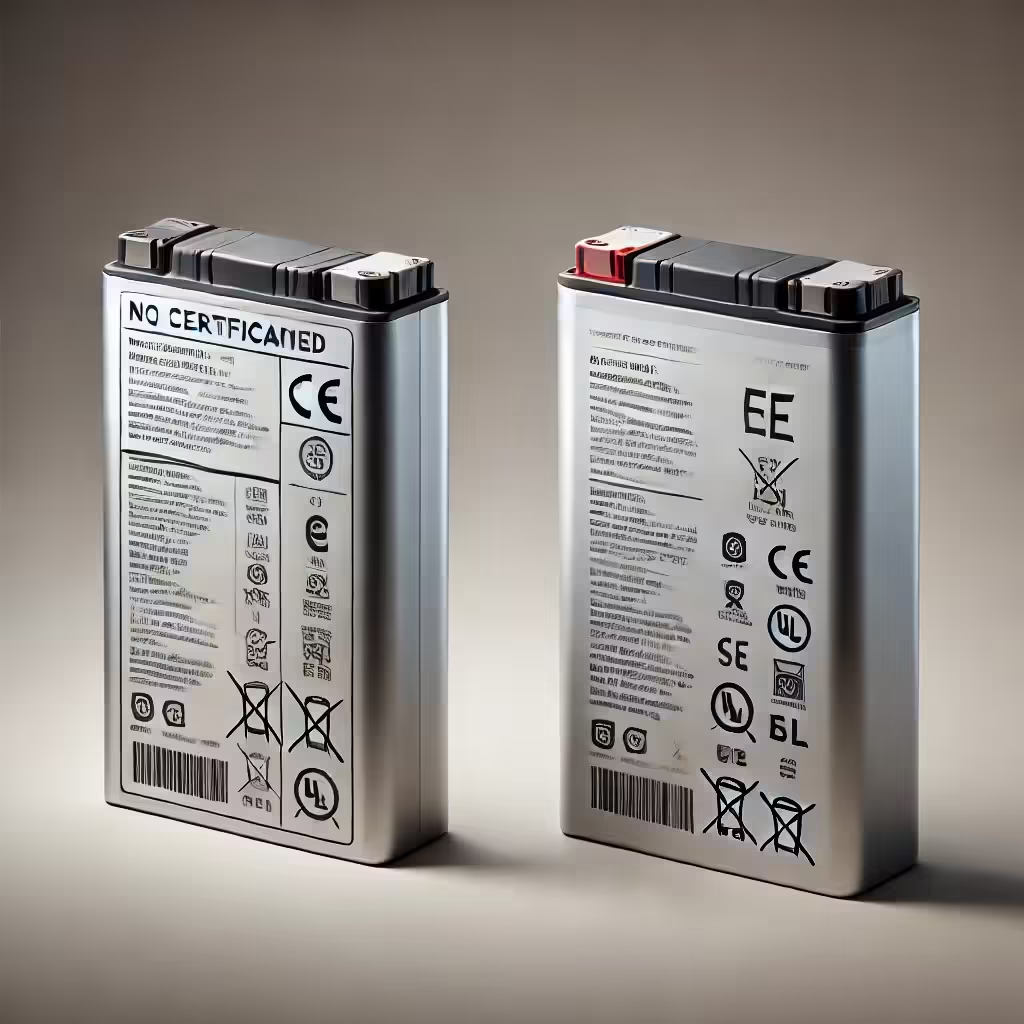10 Common Mistakes in Designing Li-ion Battery Packs and How to Avoid Them

Designing Li-ion battery packs is a complex process that requires meticulous planning and precise execution. Mistakes in design can lead to safety hazards, reduced performance, or shorter battery life. Here, we discuss ten common mistakes in designing Li-ion battery packs and provide actionable solutions to help you avoid them.
1. Improper Cell Selection
Mistake:
Choosing cells that didn’t match the required capacity, discharge rate, or temperature tolerance, leading to poor performance.
How to Avoid:
Conduct in-depth research into cell specifications and ensure the selected cells meet the exact application requirements.
Use cells from trusted manufacturers with consistent quality.
Pro Tip:
- Opt for high-quality Li-ion cells that have a proven track record for performance and reliability.
2. Inadequate Thermal Management
Mistake:
Ignoring the heat generated during operation, which led to overheating, reduced cell life, and safety risks.
How to Avoid:
Design proper heat dissipation systems, such as thermal pads, heat sinks, or fans.
- Use software to simulate heat distribution and monitor temperatures during use.
Pro Tip:
Add thermal cutoff switches to safeguard against overheating and enhance reliability.
3. Poor Battery Management System (BMS) Design
Mistake:
Using a BMS that lacked critical features like cell balancing, overcharge protection, and temperature monitoring.
How to Avoid:
Select a BMS with advanced safety features, including cell balancing and fault diagnostics.
Test the BMS under real-world conditions to ensure compatibility with your battery pack.
Pro Tip:
- Invest in a robust BMS with short-circuit protection and support for multiple safety mechanisms.

4. Improper Wiring and Connections
Mistake:
Using low-quality wires or incorrect connections, causing voltage drops, overheating, and even short circuits.
How to Avoid:
- Use wires with appropriate gauge ratings for the current.
- Ensure secure connections with proper soldering or crimping and regularly inspect wiring for wear and tear.
Pro Tip:
Choose wires with anti-cut properties to prevent accidental damage and enhance durability.
5. Ignoring Cell Balancing
Mistake:
Failing to balance cells, resulting in uneven aging and reduced battery performance.
How to Avoid:
Integrate cell balancing circuits into the BMS and periodically monitor cell voltages during operation.
Pro Tip:
Use active balancing circuits for higher accuracy and improved battery longevity.
6. Ignoring Regulatory Compliance
Mistake:
Overlooking mandatory certifications like UL, CE, or BIS, which delayed market acceptance and created compliance issues.
How to Avoid:
Familiarize yourself with the required certifications for your target market.
Design and test battery packs to meet these standards from the start.
Pro Tip:
Partner with accredited labs to streamline the certification process and ensure compliance.

7. Overlooking Safety Mechanisms
Mistake:
Skipping essential safety features like fuses, circuit breakers, or pressure vents, which compromised battery safety.
How to Avoid:
Include multiple safety mechanisms, such as overcurrent and overvoltage protection, along with pressure vents for cylindrical cells.
Pro Tip:
Utilize resettable fuses for added safety and convenience during operation.
8. Improper Charge and Discharge Management
Mistake:
Allowing excessive charging and discharging rates, which degraded the cells and compromised safety.
How to Avoid:
Follow the manufacturer’s recommended charge and discharge rates.
Use chargers designed specifically for your battery pack and implement current-limiting features.
Pro Tip:
- Employ smart chargers with adjustable current settings for better charge control and longer battery life.
9. Inadequate Mechanical Design
Mistake:
Neglecting to design for mechanical shocks, vibrations, and environmental factors like moisture and dust.
How to Avoid:
- Create rugged enclosures with water and dust resistance.
- Conduct mechanical durability tests to simulate real-world conditions.
Pro Tip:
Incorporate vibration-dampening materials to enhance shock resistance and improve reliability.

10. Underestimating Testing and Validation
Mistake:
Skipping comprehensive testing, which allowed undetected flaws to impact reliability and safety.
How to Avoid:
Test battery packs under various conditions, including extreme temperatures and high loads.
Conduct cycle life testing to verify longevity and identify potential issues early.
Pro Tip:
- Establish a detailed testing protocol to regularly validate the performance of each batch.
Final Thoughts
Every mistake listed here comes from hard-earned experience. Building reliable Li-ion battery packs takes careful planning, rigorous testing, and a commitment to quality. By learning from these errors and following these suggestions, you can create safer, longer-lasting battery packs that exceed expectations.
At Revogreen Technologies, we’ve faced these challenges and emerged stronger. Let us help you avoid these pitfalls and design battery solutions tailored to your needs, so you can focus on achieving your goals.